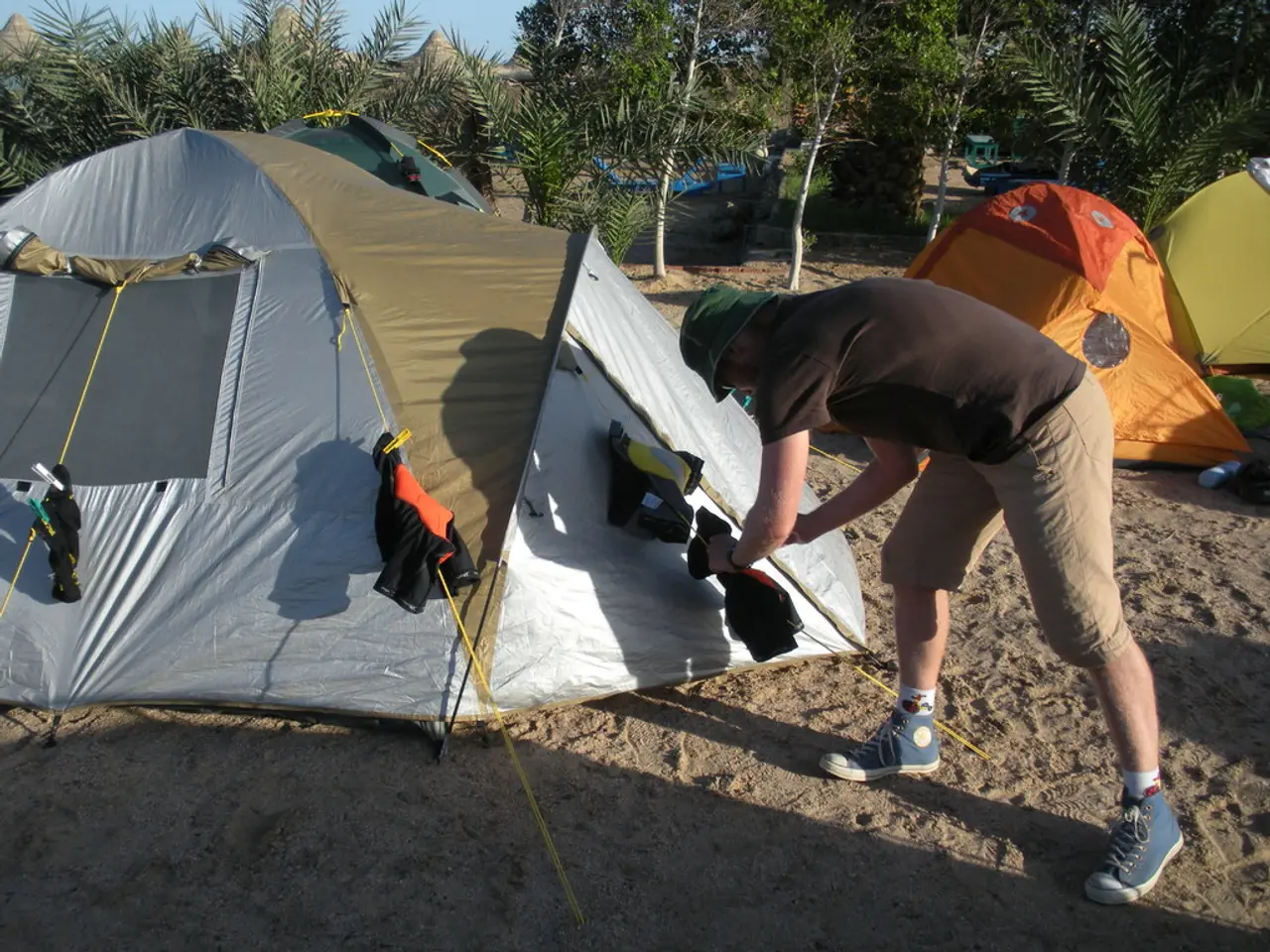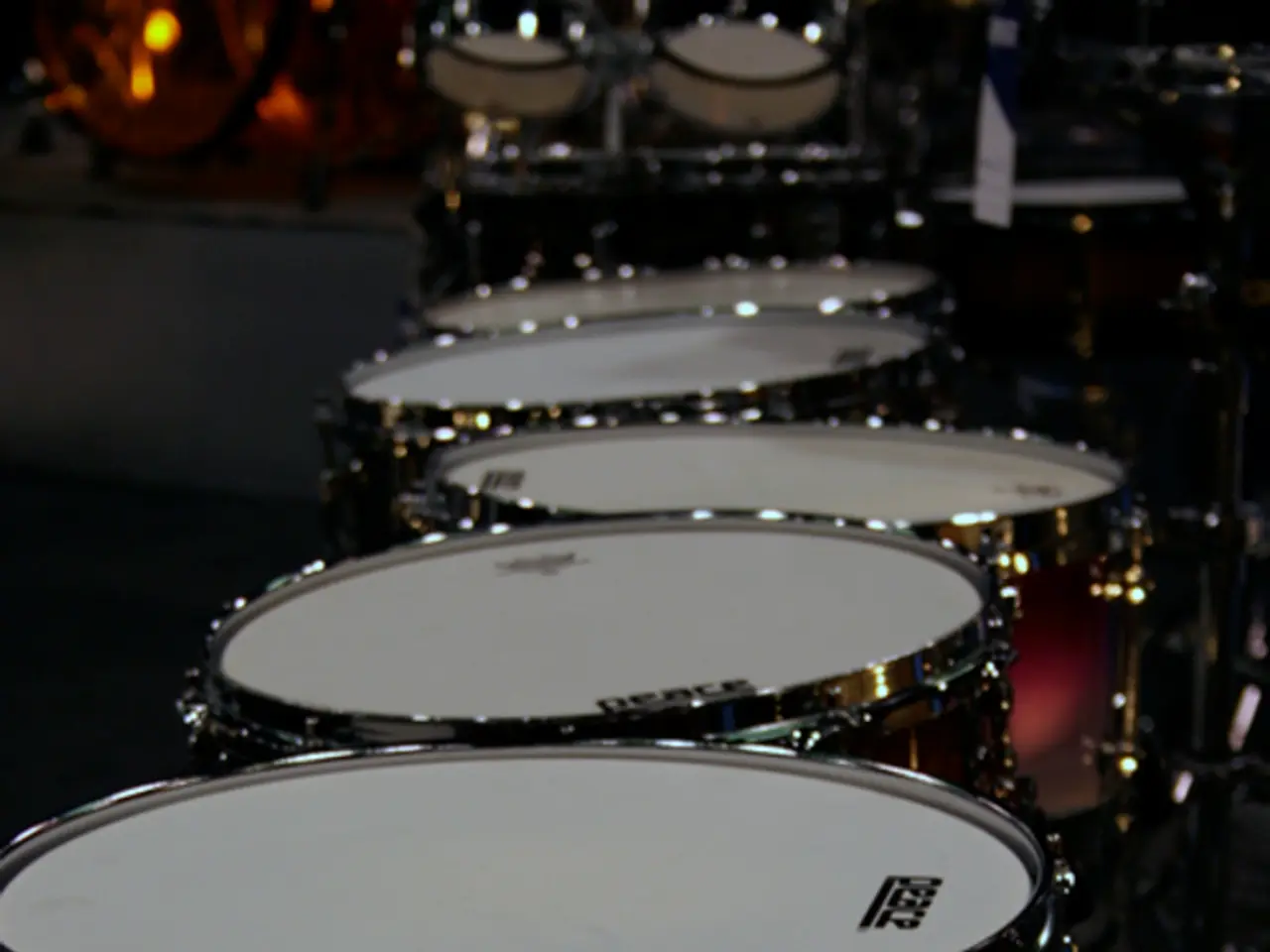Energy Regulations, Efficiency Rankings, and Identification Methods
Global Energy Efficiency Standards and Ratings: A Comprehensive Overview
Energy efficiency standards, ratings, and labeling systems vary across the globe, reflecting regional priorities, climate, and market conditions. These systems aim to quantify building or product energy performance, establish minimum efficiency requirements, or provide certification of sustainable design and operation. Here's a look at some key examples from different regions:
Passivhaus and EnerPHit (Europe, international)
The Passivhaus Standard is a rigorous voluntary certification focused on ultra-low energy buildings with excellent insulation, airtightness, and minimized heating demand. EnerPHit is the related retrofit standard for existing buildings, allowing somewhat relaxed criteria suitable for energy upgrades.
EER (Energy Efficiency Ratio) & SEER (Seasonal Energy Efficiency Ratio) (Global, mainly US)
These are technical metrics generally used for cooling equipment, measuring cooling output relative to electrical energy input. SEER incorporates seasonal variations and is thus more representative of actual performance over time.
HERS Index (US)
The Home Energy Rating System Index rates homes on energy efficiency, with lower numbers indicating better performance. It’s widely used in US residential energy assessment and often required for programs incentivizing energy-efficient home construction.
DECs (Display Energy Certificates) and EPCs (Energy Performance Certificates) (Europe, especially UK)
These certificates provide information on actual or calculated energy consumption for public buildings (DECs) or dwellings (EPCs) and are required by law to encourage transparency and improvements in building efficiency.
BER (Building Energy Rating) (Ireland)
A national rating that reports the energy efficiency of dwellings on a scale from A (most efficient) to G (least). This rating influences property sales and rental markets.
EPREL (European Union)
The European Product Database for energy labeling supports the EU’s energy labeling framework, enabling consumers to compare appliance efficiency and ensuring compliance with EU Ecodesign regulations.
E3 (Energy Efficiency, Energy Conservation, and Emission Reduction) (General program framework)
Some regions have comprehensive programs or frameworks identified as 'E3' focusing on integrated approaches to energy efficiency, conservation, and emissions, though specifics vary by locality.
NatHERS (Australia)
The Nationwide House Energy Rating Scheme rates residential buildings on energy performance related to heating and cooling energy needs, scaling from 0 to 10 stars, used for compliance and construction guidance.
Energy Saving Label Program (various countries, e.g., China)
Many countries implement mandatory or voluntary labeling programs to communicate appliance efficiency, often aligned with international or national standards.
South African Accreditation System
South Africa has its own accreditation and labeling, including the SANS standards for energy-efficient appliances and the SANS 10400-XA building regulations promoting energy use minimization.
CLEE (China)
The China Low Energy Emission rating or evaluation systems encompass product and building energy efficiency standards, aligning with the country’s goals to reduce energy intensity and emissions.
These systems operate at different scales (appliance, building, corporate), and collectively push markets toward sustainability by setting benchmarks, certifying compliance, and guiding consumer and industry choices. Some emphasize prescriptive standards (e.g., thermal performance in Passivhaus) while others quantify operational energy use (e.g., DEC). Labels like HERS, BER, and NatHERS help buyers evaluate homes, whereas EER/SEER ratings aid in selecting HVAC systems. EU-wide programs such as EPCs and EPREL integrate regulatory enforcement and consumer information under unified schemes.
In Chile, the Chilean Law on Energy Efficiency (CLEE) is still in the process of finalisation, requiring buildings to perform mandatory checks on efficiency and emission levels, with tenants or landlords needing to retain certificates to prove it. Many rating tools assess and certify the efficiency of retrofitted and new properties. Some are members of the World Green Building Council, such as LEED and BREEAM.
Energy Performance Certificates (EPCs) are part of the EU Building Directive, providing registered information about a building’s performance, emissions, and methods taken to improve efficiency. They apply to both the UK and the EU. The Nationwide House Energy Rating Scheme (NatHERS) in Australia is developing a Whole of House system to assess appliances, water, lighting, and pool pumps. Europe has various regional energy standards, ratings, and labelling systems for buildings and appliances. America's Home Energy Rating System (HERS) Index calculates the performance and certifies the energy rating of homes.
Despite focusing on energy efficiency standards and ratings for buildings and appliances worldwide, it's essential to note that weather conditions play a significant role in the design and performance of energy-efficient sports facilities. For example, aerodynamic roof designs can minimize heat loss or gain, enhancing energy efficiency, especially in regions with extreme weather conditions.
On the other hand, the right insulation and thermal management can help sports facilities maintain optimal indoor temperatures during events, regardless of the outdoor sports weather. This ensures athlete comfort and performance, making sports a vital consideration in energy efficiency strategies.








